Letterbrick National School, Coolnabinnia townland, Co. Mayo
(Dated 1880-1900)
NGR: 06162, 07203

For as long as I’ve been undertaking this disused school houses project, the diversity of the Irish landscape has not failed to routinely take my breath away. Every region, every road, every little village, every hill, island, or woodland has a unique character shaped initially by the physical landscape, and then by the people who have lived in that landscape through the centuries. Even in areas that seem empty now, the hills and boglands bear the scars of past settlement; redundant field patterns, abandoned tillage plots, collapsing vernacular houses and old mills. Layers of settlement are written on the landscape, abandoned, and left to future interpretation.
The theme of rural depopulation is reoccurring within this project, and each time I leave my house to head up the country to photograph some old school that is no longer in use, I am invariably going to end up in some empty place where few tourists visit, and where the local population has declined. By and large, I will be driving to somewhere in what were known at the close of the 19th century as ‘The Congested Districts’; the poorest parts of Ireland with the poorest quality land, predominantly located on the west coast.
To alleviate poverty and congested living conditions in the west and parts of the north-west of Ireland, the Congested Districts Board for Ireland was established in 1891. Various political machinations were at play at the time, largely in an effort to deter a desire for home rule, but the basic role of the Congested Districts Board was to alleviate poverty by paying for public works, such as building piers for small ports on the west coast, to assist fishing, modernising farming methods or sponsoring local factories to give employment and stop emigration from Ireland. The efforts largely failed, and the impact of the Congested Districts Board was minimal. In time, the rural landscape would empty.
Many folk lament the decline of rural Irish lifeways; the changing demographics, the inevitable fate of the small farmer and the uncertain future of the land. In these desolate spots, I can spend days rambling through the ruins of defunct livelihoods. Vast expanses of unproductive farmerland on hillsides and bogs have been planted with commercial forest, and in these unnatural woodlands you will find the ghosts of past farmsteads. Across places like northwest Mayo, the remnants of vernacular settlement are swallowed by forestry. Cottages tumble and collapse, schools are closed and left to the same outcome.

The school house photographed here is Letterbrick National School located in the townland of Coolnabinnia off the R312 in Co. Mayo. The building is situated in a valley in the Nephin Beg Range, just north of Beltra Lough. Heading northward from this spot, you will cross almost nothing but bogland until you reach Bangor Erris. There are almost no occupied houses on your route, and it’s difficult to imagine a time when the area would have required a school.

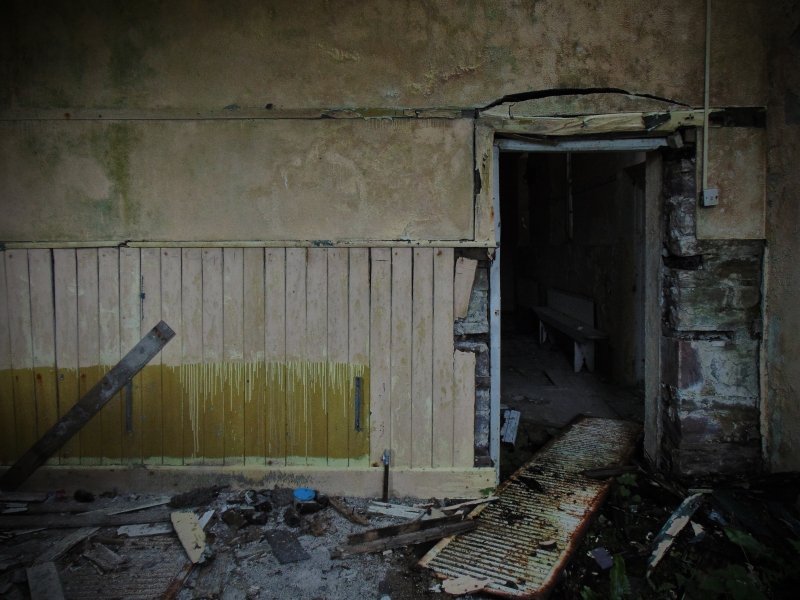
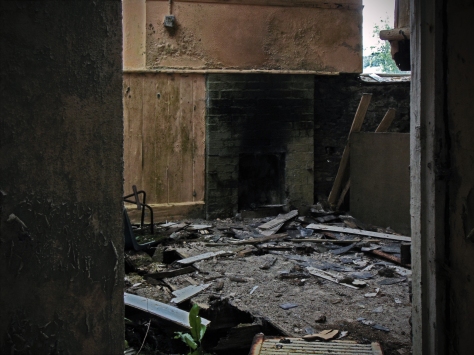

The building has had several phases to it’s development. The initial construction appears to be a late 19th century two-roomed school house with the characteristic open fireplaces, sash windows and wainscotting. The Third Edition Ordnance Survey sheets (1900-1924) show an outdoor toilet to the rear.
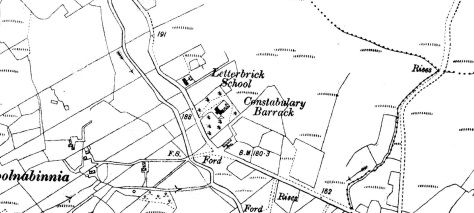
However, these are no longer extant, with additional classrooms being added to the rear, probably sometime in the 1960s or 70s.
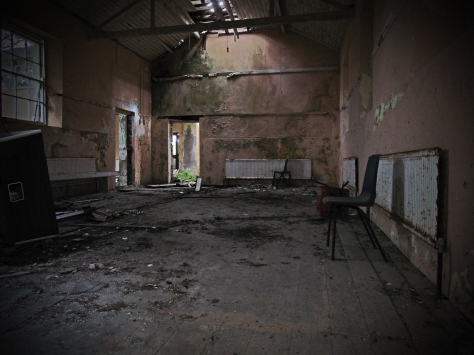
At a later date, the building was converted to a community centre, with the tall sash windows that faced the road being blocked up. However, the building has not been in use for some time, and the roof has now begun to collapse. Inside it is ghostly, a haunting place that seemed somewhat riddled with nostalgia, somewhat filled with memories of my own childhood in the 1980s though I had never been here before. An upturned, heavy-duty pool table not used in decades was falling through the suspended wooden floor. There was an identical pool table in our own community centre at home, and those pool tables must have been in every community centre in Ireland at some point (with children pumping 20 pence pieces into them, only to pot the black off the break).
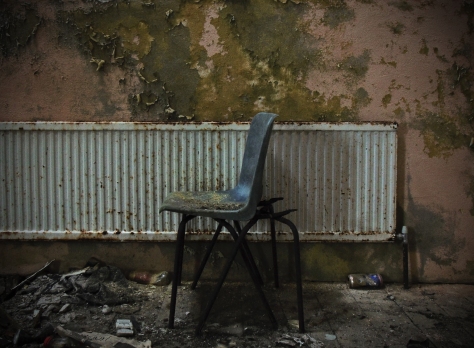
If you or someone you know attended this national school, please do get in touch and share any stories, anecdotes, photographs, or any other memories you may have. You can do so here. If you would like to purchase the book The Deserted School Houses of Ireland, visit the shop page here.
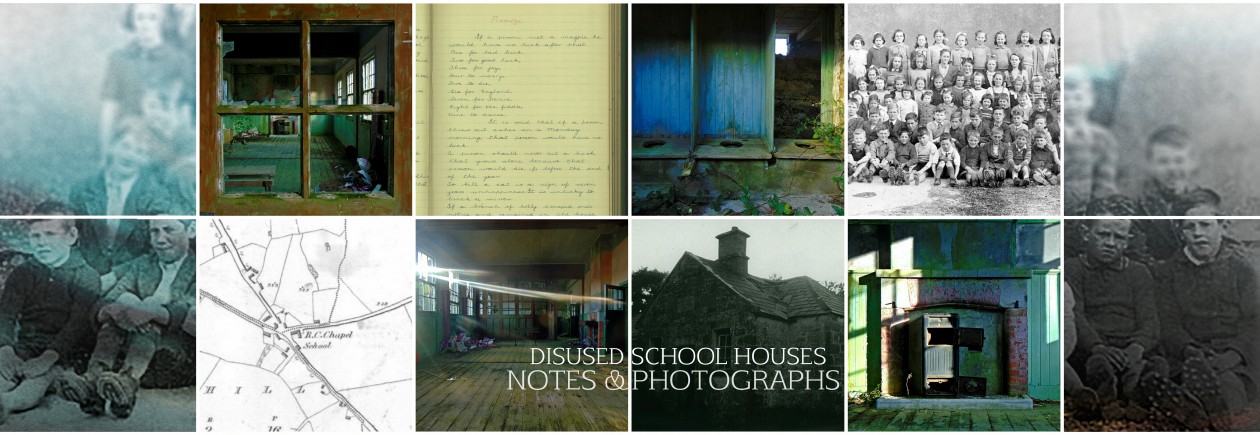

Thank you for publishing this wonderful link to the past. My grandfather and his siblings lived in Tawnakeel, just 2 miles north of Coolnabinnia, so I expect they attended this school. The Corrigan house, which I visited last year, is still standing, although it is currently in use as a barn for sheep. My grandfather emigrated to San Francisco in 1909 and was joined by a few of his brothers. The remainder of the family stayed on the land until their deaths in the 1980s. I have pictures taken by JJ Leonard of some of the family in front of their home by Mt Nephin. If you would like these for your project, let me know.
LikeLiked by 1 person
Hi Theresa – Thank you for your comment and for checking out the blog. And thank for for offering the photographs – please drop me a line via the contact page on the Blog and then I’ll be able to get your email address. Much appreciated, Enda
LikeLike